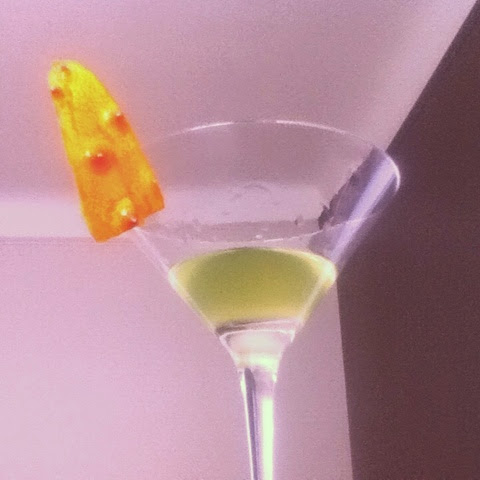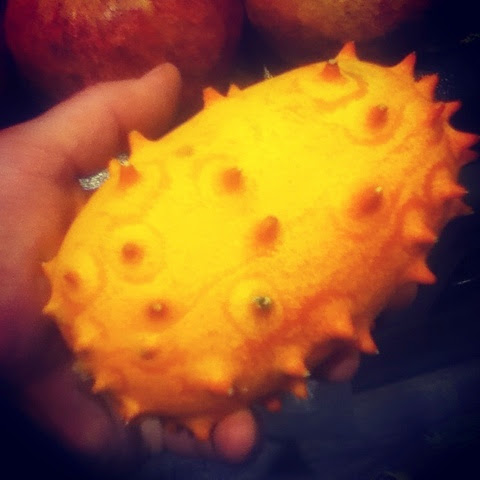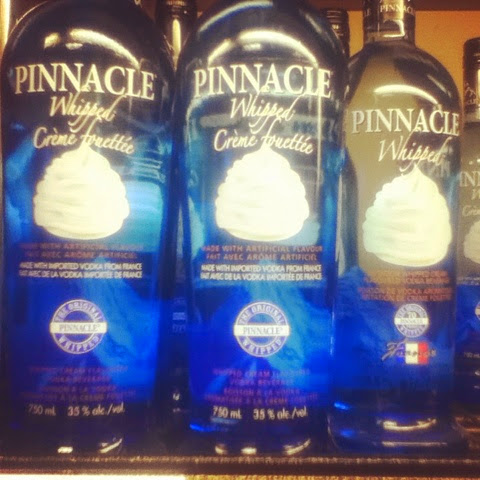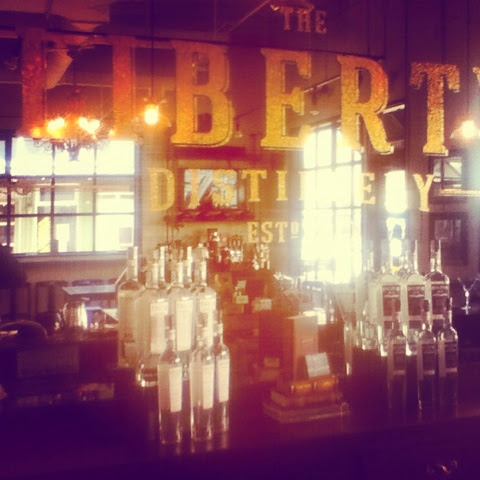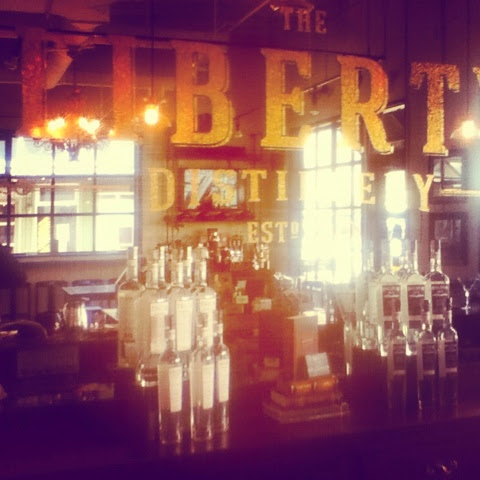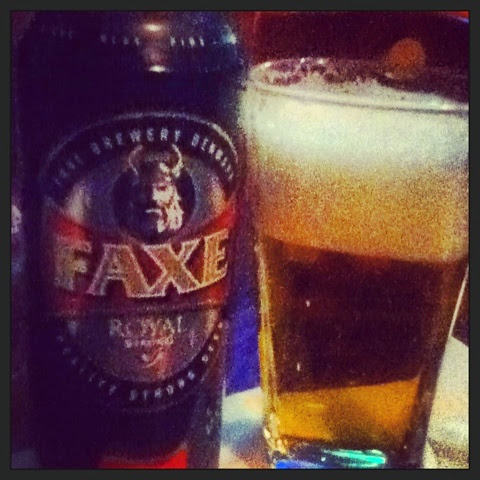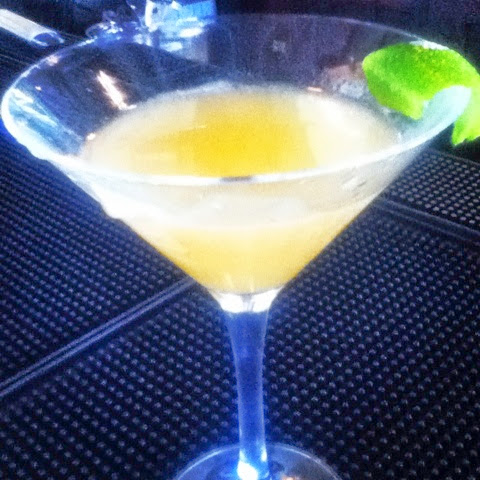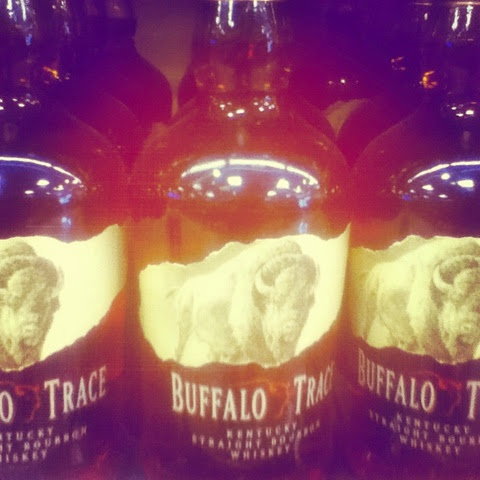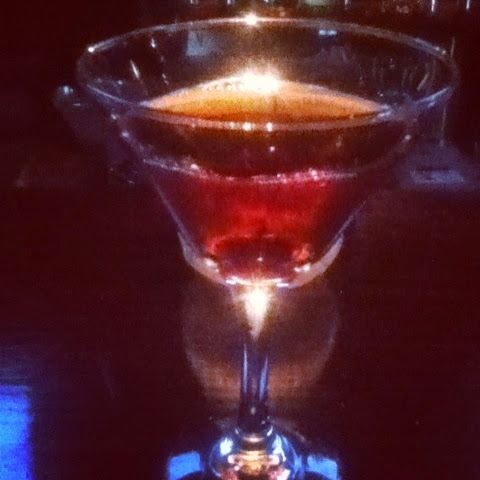And that is the case with Eagle Rare's 10 year single barrel.
SEE ALSO: Tasting Notes - Don Julio Reposado
SEE ALSO: Tasting Notes - Don Julio Reposado
I've been waiting to try Eagle Rare for quite some time. I've been fairly hesitant to taste it at my favourite bars (or even less than favourite) due in part to the fact that its fairly pricy, and secondarily because I don't want to mess up my first impressions, as I did with my first taste of Buffalo Trace.
So in the nature of keeping an authentic first impression, I'm writing this article after having consumed a fair amount of 'The Eagle' for the first time. If my adjectival use of poetic-ly ending words weren't hinting enough, here it is; I've drunk Eagle Rare for the first time tonight, and it was great.
On the nose, hints of a vanilla dessert are prominent. Anise creeps up as it usually does, and the smell of buttered toast is omnipresent. The toast may be charred oak, depending on your frame of mind at the time.
Before it hits the palette, a recognizable taste rushes past my lips. I taste honey but there's something else I can't put my finger on. Vanilla, chocolate and grain complement the palette, and the finish is a medium bodied vanilla and baked bread aroma. After my first rinse of the mouth I take small sips of the bourbon, trying to place the flavour that is so familiar. Not until well after the tasting do I realize what the recognizable flavour is.
But before that, I try the spirit as an Old Fashioned. It's sweet, like a desert shot, or digestif. But it's not too sweet. It tastes like banana bread, with honey spread. I move on to try it as a Manhattan, but am disappointed. It's too sweet, and may work better with dry vermouth.
SEE ALSO: Old Fashioned, New Fashioned and Out of Fashion
SEE ALSO: Old Fashioned, New Fashioned and Out of Fashion
I smell the empty glass and still note the nostalgic odour. After some time, I realize its maple syrup. But not just any maple syrup. It's warm maple syrup toffee that's been poured over the fresh snow of my home village; New Denmark, New Brunswick. The reason it took me so long to place it was because I'd only tasted that toffee once, and fourteen years ago at that.
In short, Eagle Rare 10 year is the best bourbon I've had so far. In less short, it invoked feelings of nostalgia, joy and warmth. I want to try the 17 year old, but I'll have to wait....
Eagle Rare 10 Year Single Barrel Reviewed by Thomas Goodine on June 29. Maple, vanilla, oak and like desert. The end of all things average is here! This is the bourbon I've been looking for! After experiencing the godliness that is Buffalo Trace, I have been eyeing up Eagle Rare for some time, and that time has now come! Rating: 5






